Unleashing Nostalgia: Why Retro Branding is Capturing Hearts in 2025
Think about this: Pepsi reinstating its iconic 1987 logo, McDonald’s cutting-edge pixel-art Happy Meal box, and indie coffee brands reviving *VHS-style loyalty cards.* Meanwhile, Barbie’s recent retro-futurist rebranding took 2023 by storm. One thing is clear: nostalgia is not just a fleeting trend—it’s a thriving force driving impactful branding today.
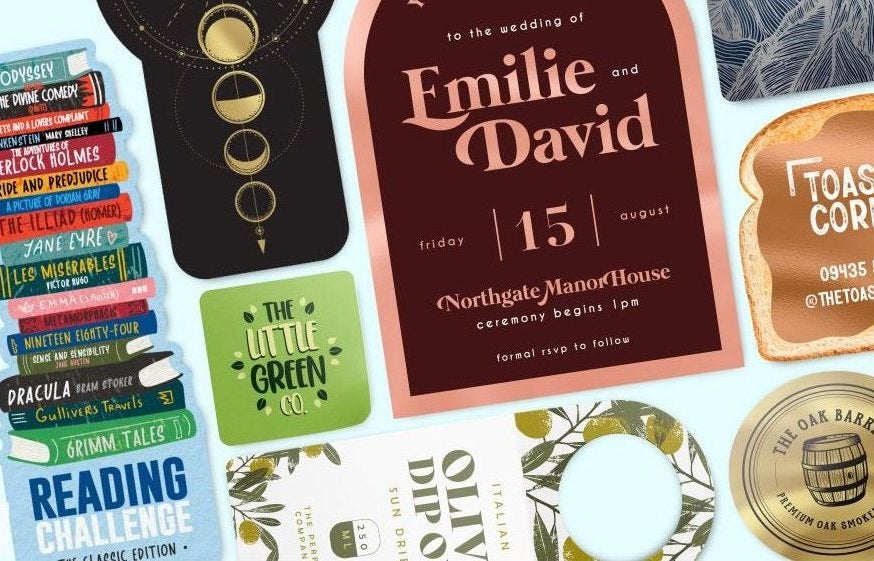
But what fuels this retro revival? And how can small businesses ride the wave of nostalgia without appearing stuck in the past?
Aura Print argues that nostalgia transcends mere design; it’s about creating an emotional connection.
The Psychology of Retro Branding: A Deep Dive
Nostalgia taps into emotional shortcuts. When you encounter a retro design, it doesn’t register merely as “old”; it evokes feelings of safety, familiarity, and trust. In chaotic times, we yearn for memories of simpler days, even if we never lived them.
This emotional connection explains why Millennials gravitate toward 90s bubble fonts and Gen Z adores the Y2K bling. Nostalgia is not just generational; it’s emotional. It ignites memories, even if they’re imagined. In this crowded digital landscape, brands that elicit emotions invariably command attention.
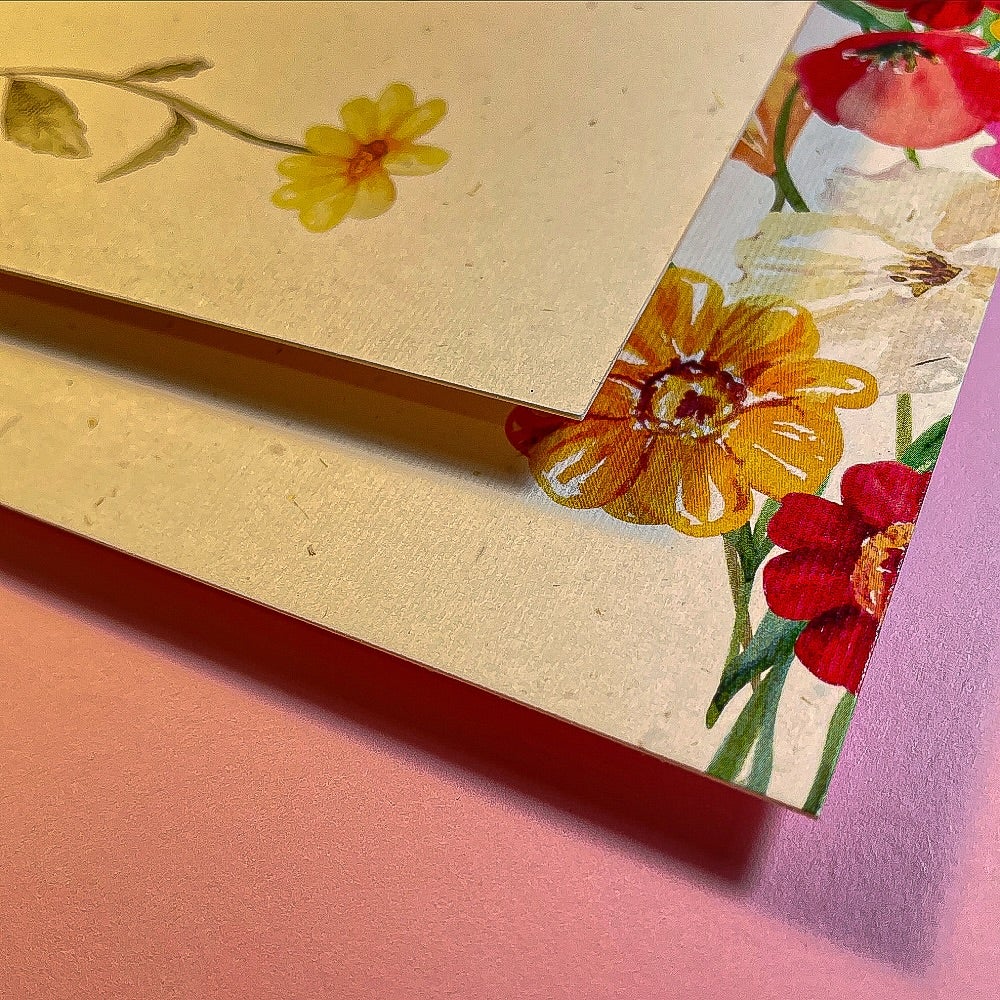
Spotlight on Retro Branding: Real-World Applications
Retro aesthetics are omnipresent, from global giants to local startups. Here are a few standout examples:
- Burger King embraced retro vibes with muted colors and 70s-style typography.
- Barbie surged in popularity with a vibrant pinkwave inspired by 80s kitsch.
- Smol Batches, a UK soap brand, channeled 90s schoolbook fonts and neon packaging to evoke that after-school nostalgia.
- Golden Hour Bakery, a vegan café in Manchester, utilized 70s-style loyalty cards with Aura Print to mirror their “groovy, feel-good” story.
Aura Print has noticed a significant uptick in demand for tactile, vintage-inspired printed materials—think textured business cards, aged flyers, and nostalgic postcards.
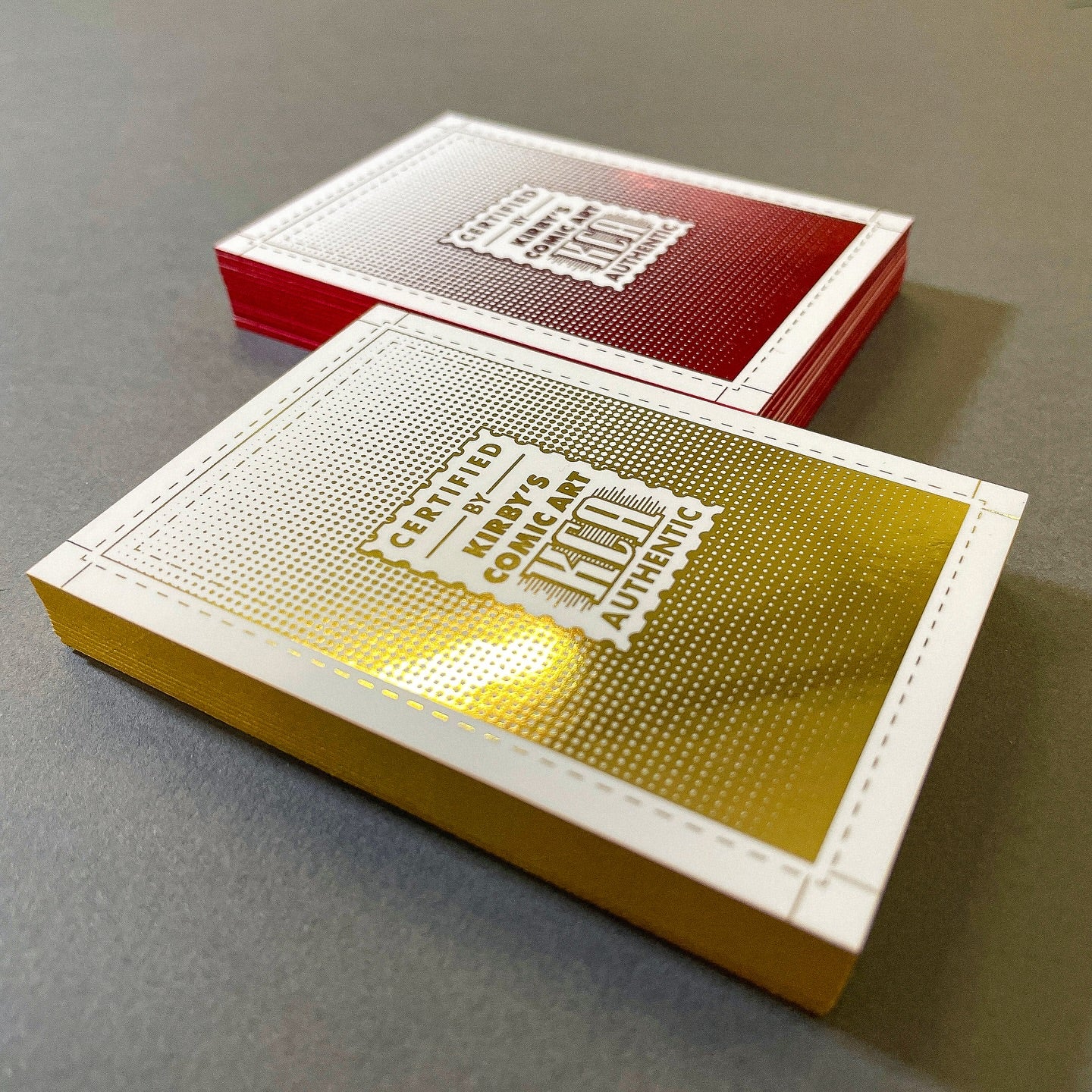
The Power of Print in Retro Branding
While retro design flourishes online, its impact is magnified when it’s tangible. Liam Smith, a branding expert, asserts, “In a world filled with endless scrolling, a thoughtfully curated postcard or business card stands out as an unforgettable brand touchpoint.” Retro design is not just about visuals; it’s about anchoring emotions in something physical.
Crafting Retro Branding Without Falling Flat
Smith advises caution: **nostalgia is potent, but authenticity is paramount.** Discerning consumers can easily differentiate between a brand sincerely using retro design to tell its story and one merely jumping on the bandwagon.
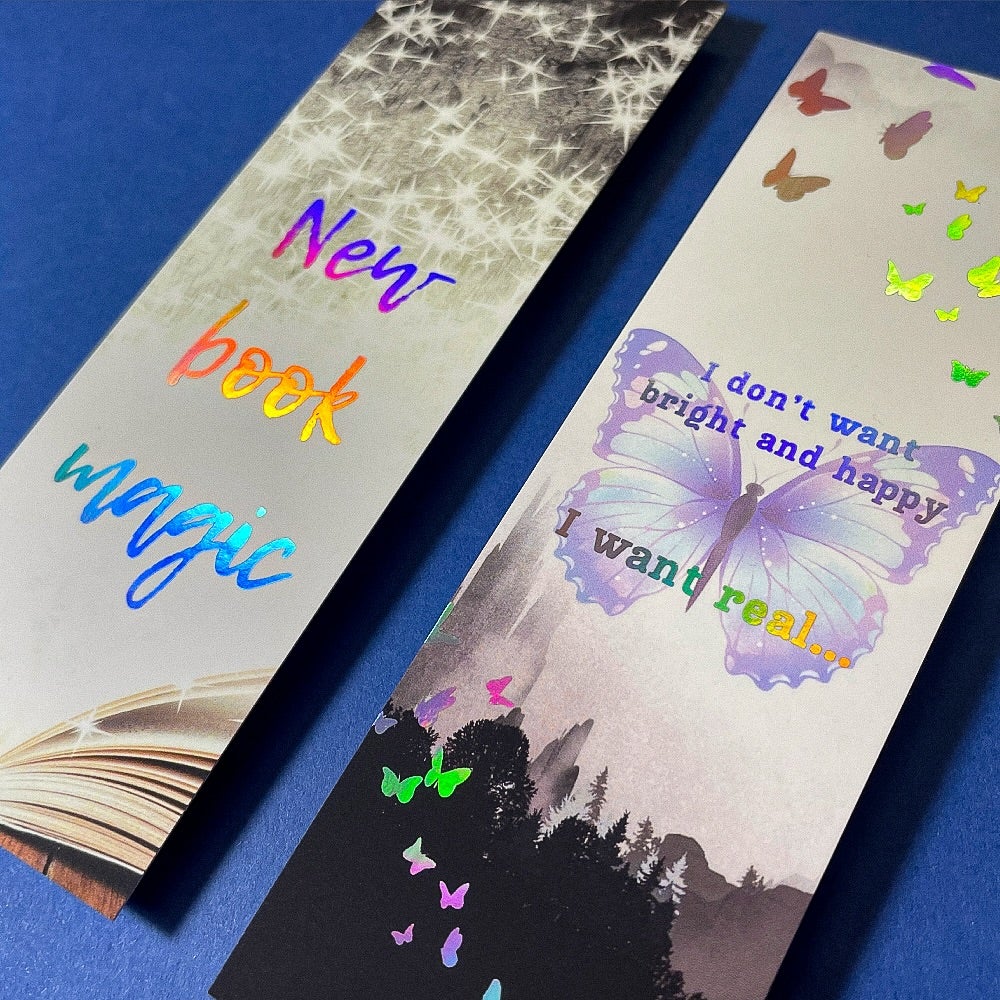
Here are his top tips for effective retro branding:
1. Start with Story, Not Style
Retro branding excels when it connects to your brand’s ‘why.’ For instance, a coffee shop playing 80s music or a candle brand drawing inspiration from grandmother’s recipes can shape the design authentically.
2. Use Retro as a Layer, Not a Costume
Seamlessly meld old with new. Combining vintage fonts with modern layouts and nostalgic color palettes with contemporary functionality creates a compelling aesthetic.
3. Print It Like You Mean It
Be intentional with print—a tactile feel can elevate your branding. Opt for textured paper, aged finishes, or layered printing techniques. Aura Print offers custom stock options that capture that vintage essence beautifully.
4. Let Emotion Drive Design
Instead of mimicking an era, focus on the feelings you want to evoke—playfulness, nostalgia, or even rebellion. Once you identify the desired mood, the aesthetics will follow naturally.
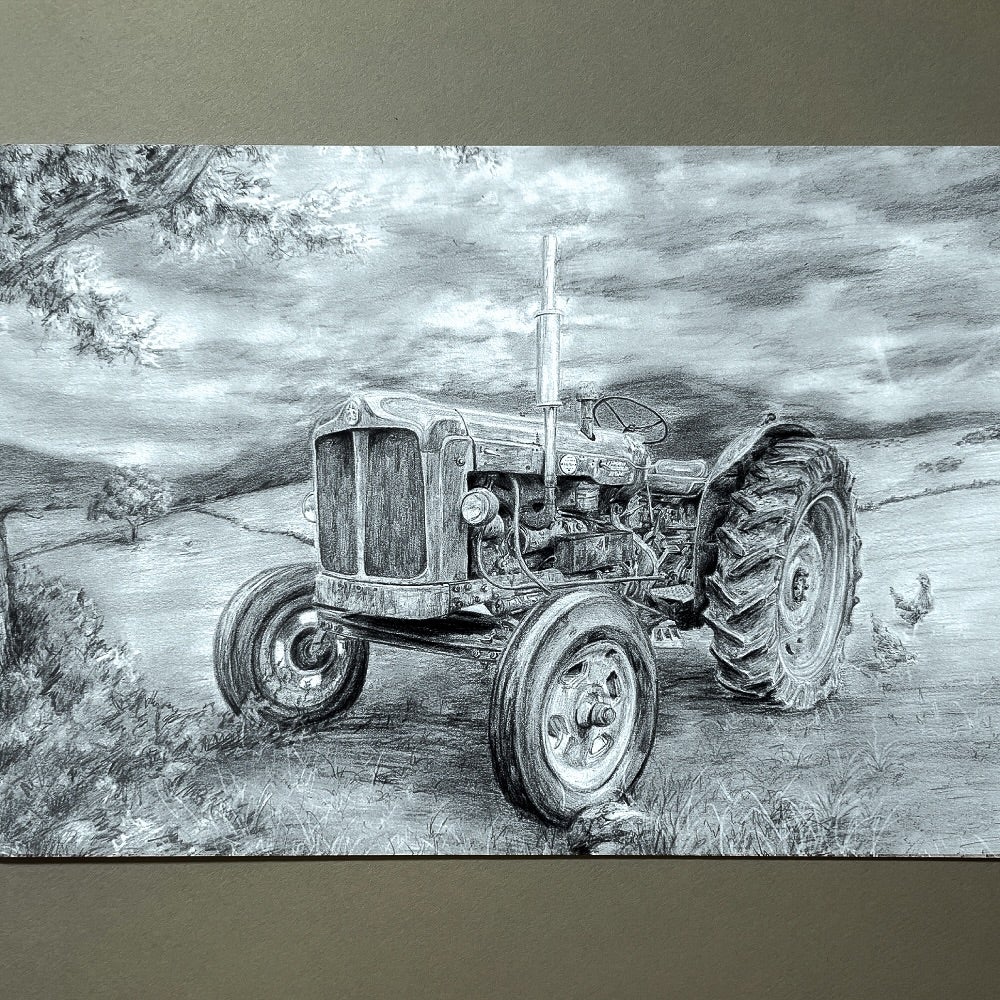
“We’re witnessing a remarkable design shift—from hyper-minimalism and digital-first aesthetics to more layered, expressive, and emotionally resonant designs. People are growing weary of cold, corporate uniformity; retro design offers warmth and humanity, reminding us that brands are indeed created by people, for people,” explains Liam Smith of Aura Print.
As brands vie for attention in 2025, the true winners may well be those who look back just enough to remind us why we fell in love with them in the first place. Ultimately, retro branding is more than a strategy; it’s an assertion that says: we’re not just trendy—we’re timeless.






